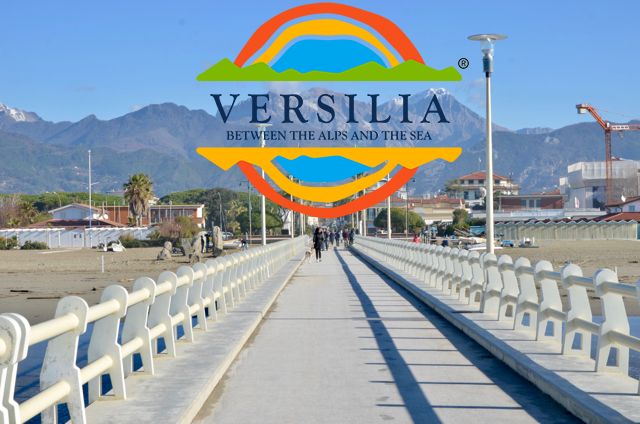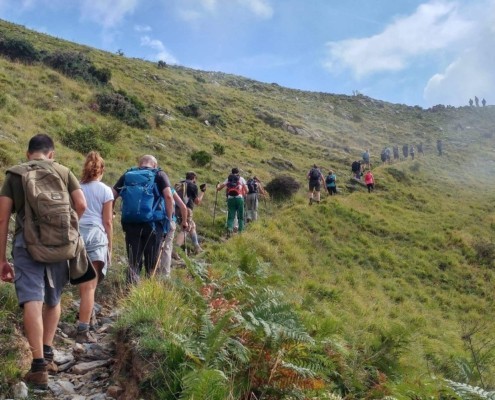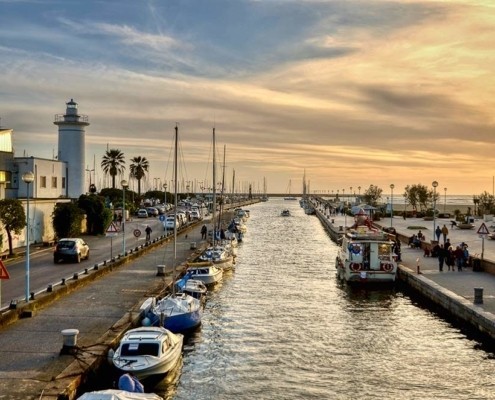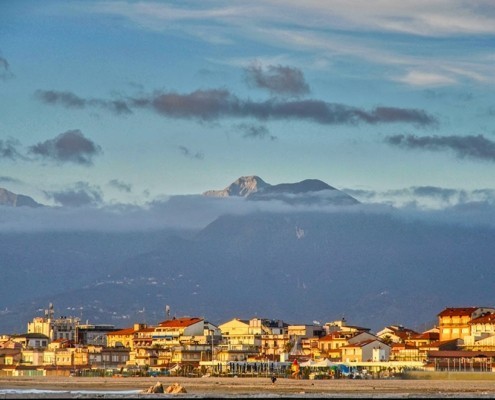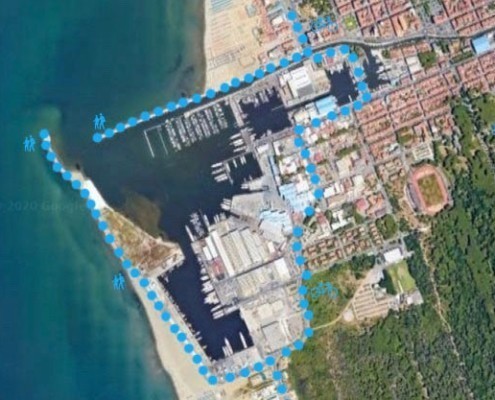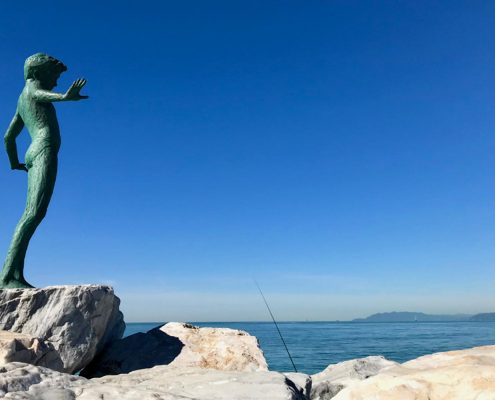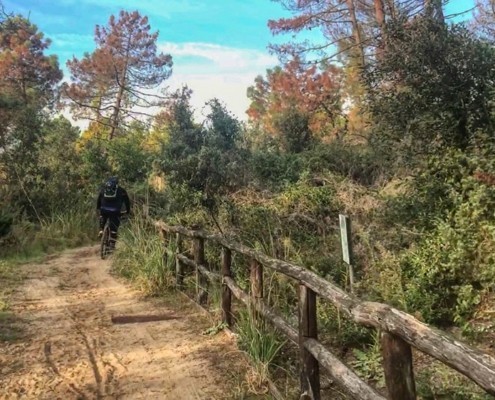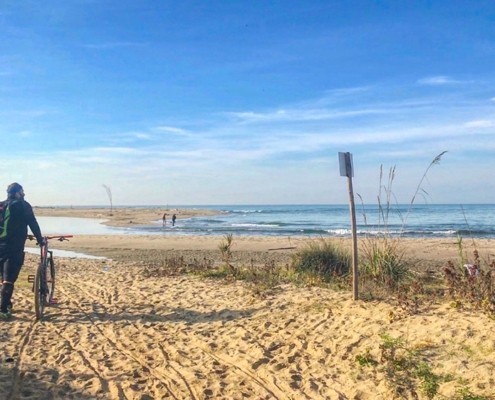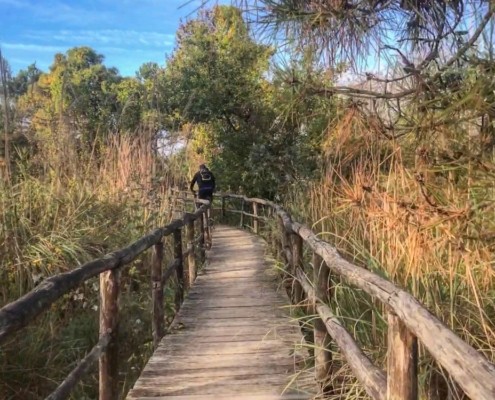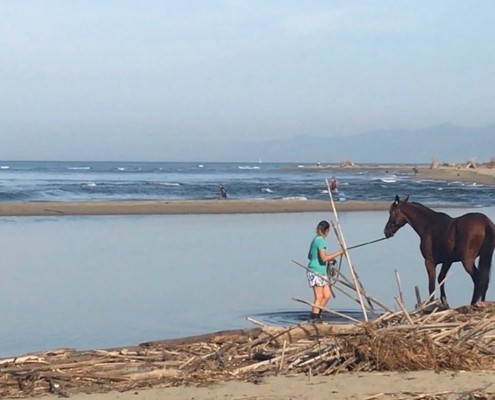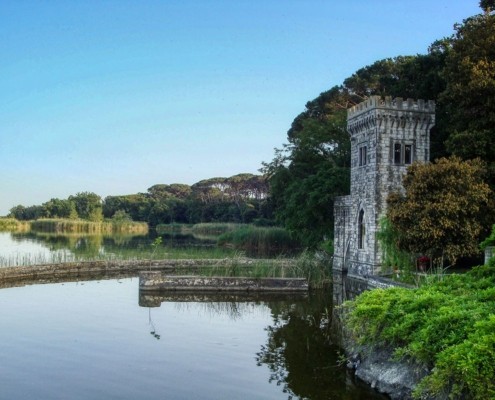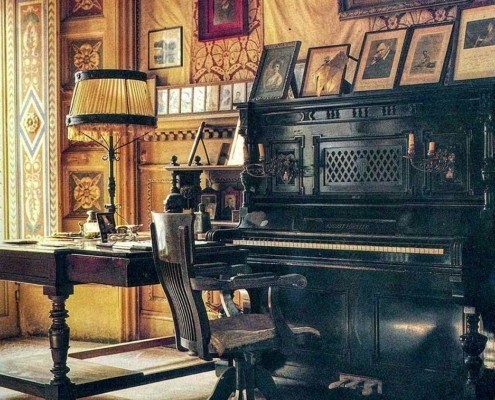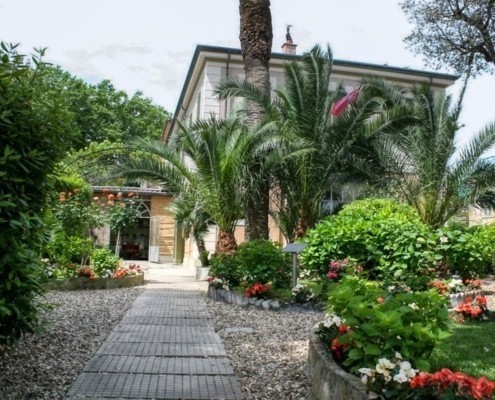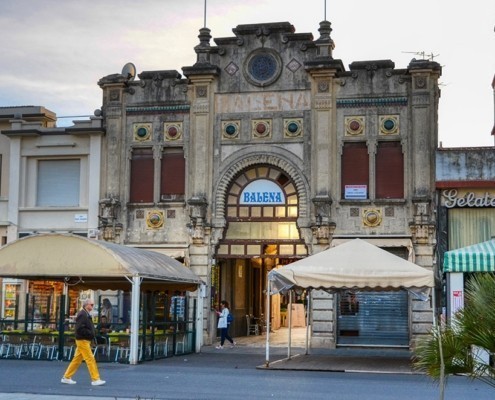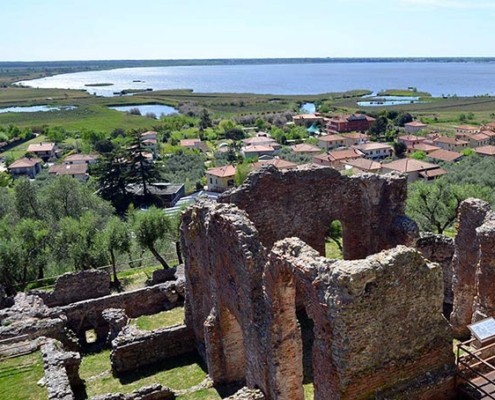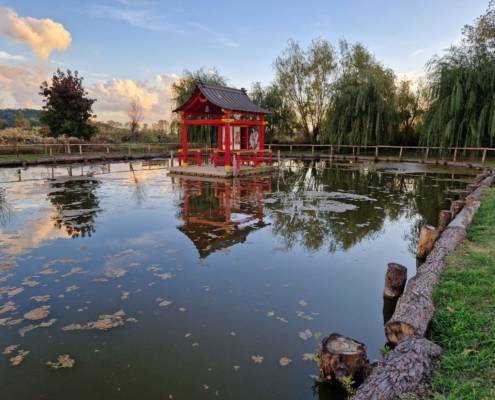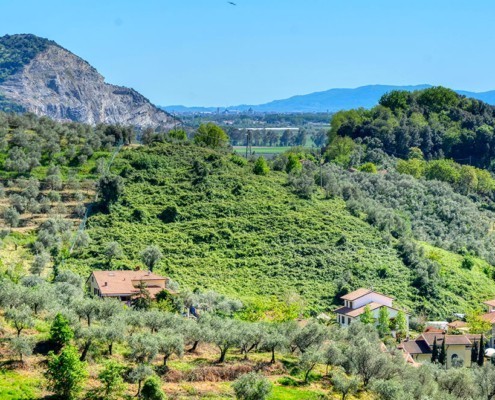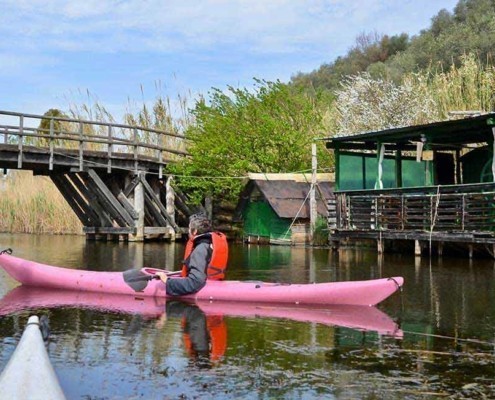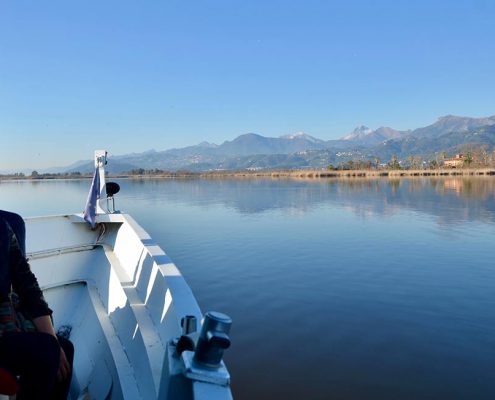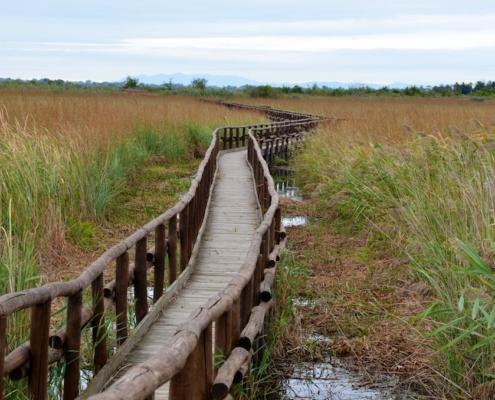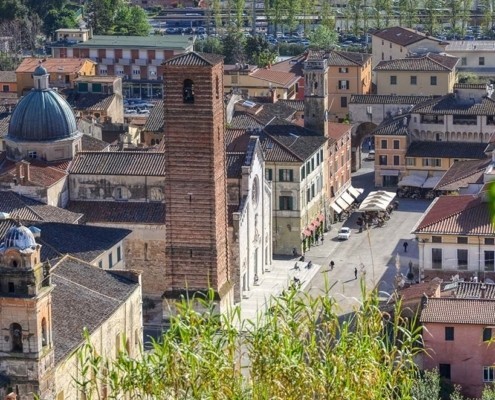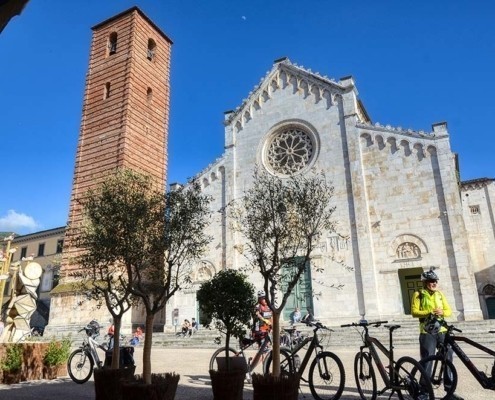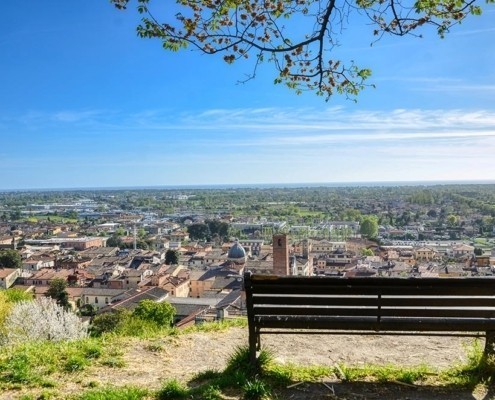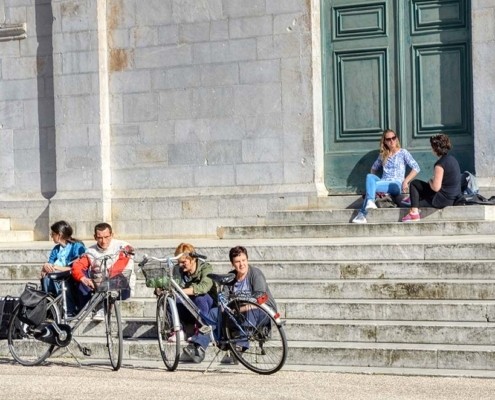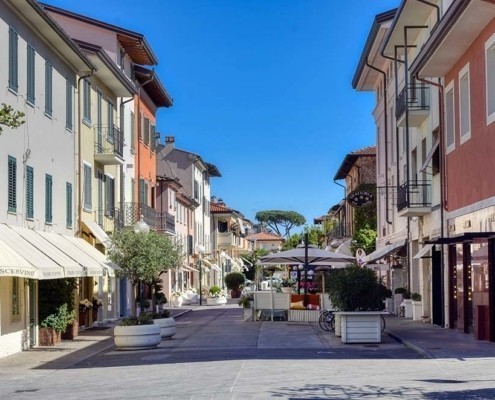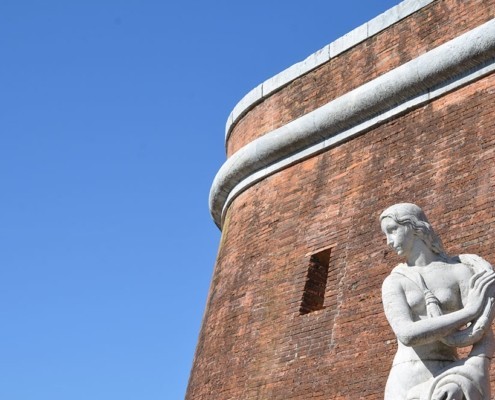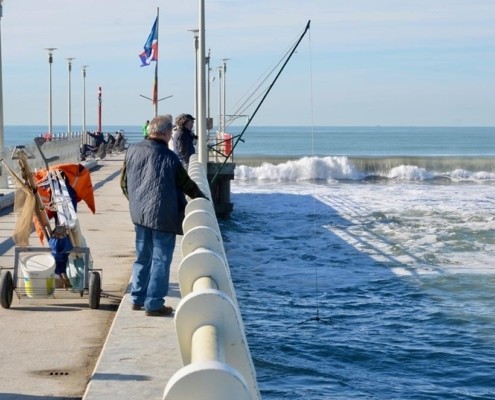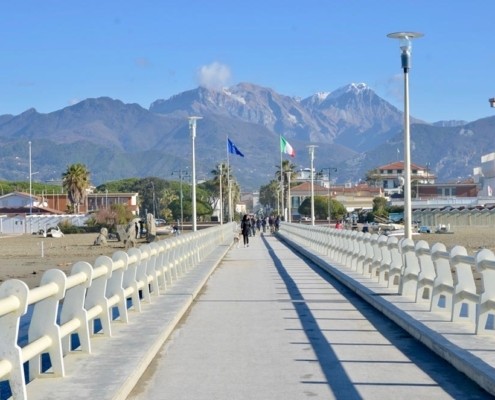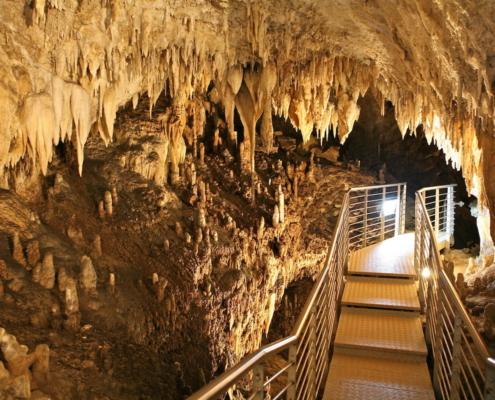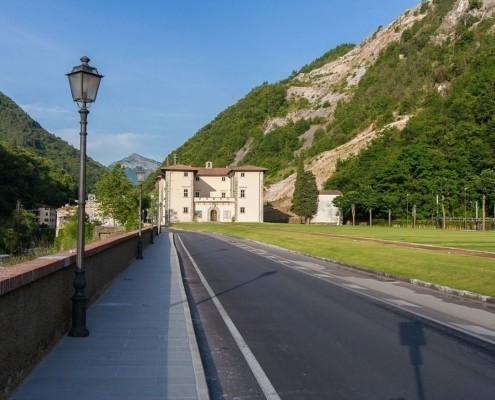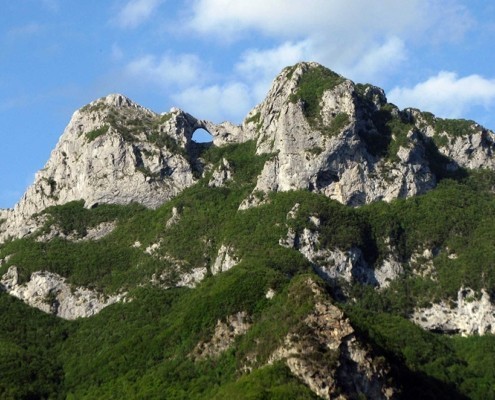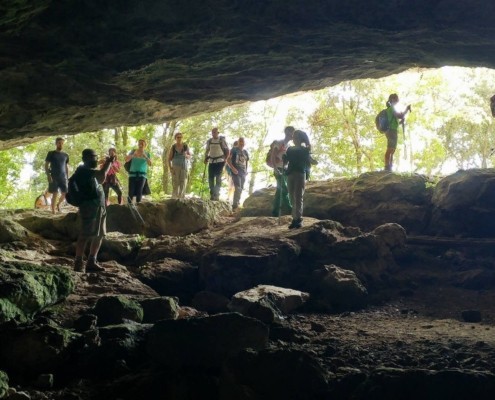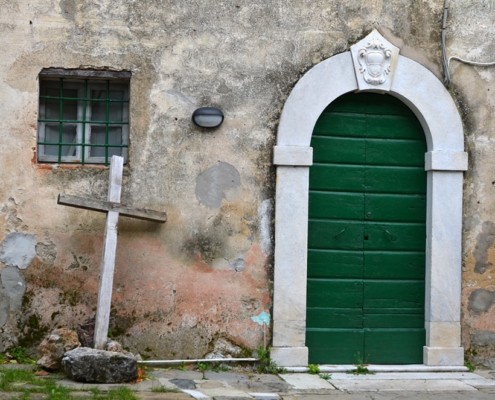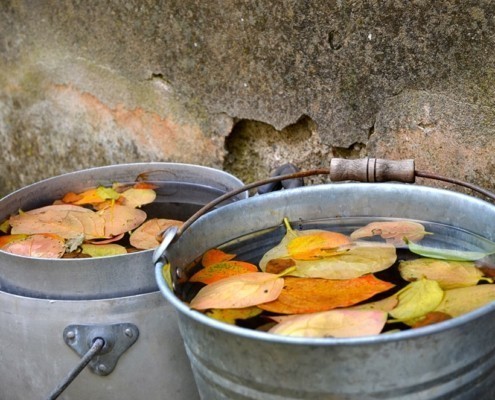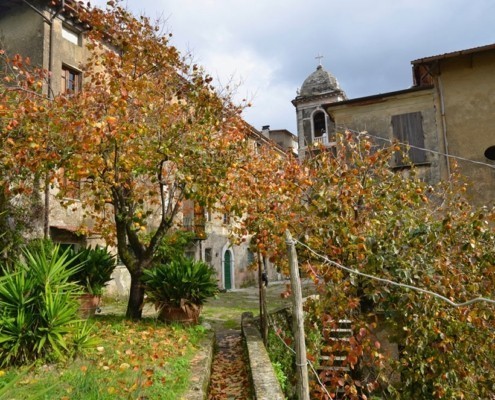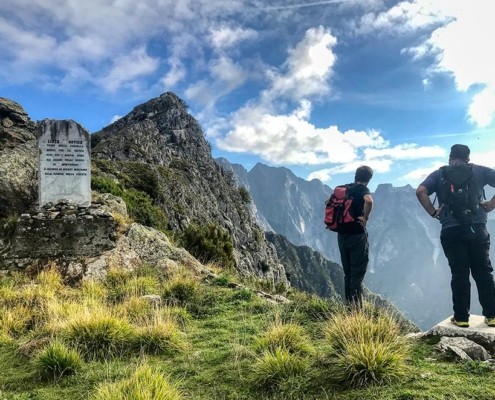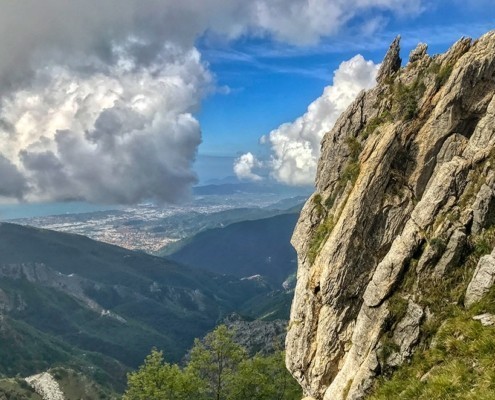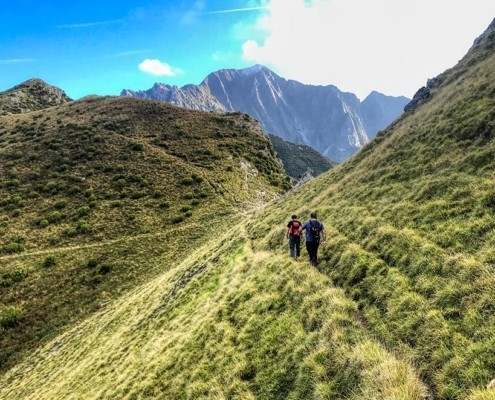Versilia in 10 unusual itineraries: the sea, nature and the most beautiful villages
Before moving here, Versilia was just a faded vintage postcard to me. Over time, as I got to know it better, it acquired vibrant colors and shades, and I decided to tell you about it through 10 itineraries and things to see in Versilia, even though the list could be much longer!
Before we begin, let’s try to understand what Versilia is!
Historically, Versilia refers to the northwestern Tuscany territory that is part of the province of Lucca, and is bounded to the north by the Seravezza river and to the south by the ancient Motrone fort, which includes the territories of the municipalities of Pietrasanta, Forte dei Marmi, Seravezza, Stazzema. Today, in common usage, if one speaks of Versilia, it also includes the basin of Camaiore and the coastal plain that extends to Viareggio.
In Versilia, landscapes and scenery change within a few kilometers, so it’s possible to walk, bike, or take public transportation from sunny beaches to crystal-clear pools of a stream to the rugged peaks of a mountain in half an hour; it’s a territory that includes a long sandy coastline, Lake Massaciuccoli with its reeds, and the beautiful peaks of the Apuane Alps and medieval villages rich in traditions, such as Pietrasanta and Camaiore, where the ancient Via Francigena passes by.
1. A walk at the harbor of Viareggio.
salt and sand
Viareggio is full of charm, especially two walks that will make you breathe in plenty of iodine and feel like true locals. From the outside of the port, you can walk along the outer seawall along the rocks leading to the entrance lighthouse while on the other side you will walk along the docked boats and observe the city’s most famous mural, which reads “Viareggio in you I was born, in you I hope to die.” In both walks, if you turn your back to the sea and look inward, you’ll discover that you can almost touch the profile of the Apuan Alps.
The city of Burlamacco, the mask of the Viareggio Carnival, is well known for its historic beach establishments, such as the Bagno Balena, where you can enjoy all the family-friendly amenities on the beach. Those who love to stay in touch with nature won’t be disappointed by the beautiful Lecciona free beach and down to the Regional Park of Migliarino San Rossore Massaciuccoli. Don’t miss a stroll through the Art Nouveau buildings of Viareggio and the Promenade, which is also perfect for shopping. With a stop at the exotic-charming Caffè Margherita that often hosted the master Giacomo Puccini and where today you will find a library and café. Art lovers won’t be disappointed by the Municipal Gallery of Modern and Contemporary Art, where you can also admire the works of Lorenzo Viani https://it.wikipedia.org/wiki/Lorenzo_Viani
2. A bike ride from Viareggio to Bocca di Serchio
between the sea, the dunes, and the pine forest
After crossing the pedestrian bridge over the Burlamacca canal and the Darsena of Viareggio, beyond the seawall that leads to the lighthouse there is a beach that continues uninterrupted all the way to Bocca di Serchio. It’s a route to be taken on a bicycle, passing through the pine forest, dunes and sea, and will make you feel the scents of the Mediterranean scrub and enjoy the most beautiful and wild sea.
Here’s where you can find the route with some indications: https://www.piste-ciclabili.com/itinerari/5852-viareggio-bocca-di-serchio
3. The opera, the theater and Torre del Lago
Puccini and the lake of Massaciuccoli
In July and August, the theater that overlooks the lake puts on performances of works by the Maestro Puccini ( info&tickets here: https://www.puccinifestival.it/en/), who was deeply connected to this land. The evening will be unforgettable in itself, and our suggestion is to reach the theater by boat on the La Burlamacca, which provides a round trip service from Massarosa to Torre del Lago. Enjoy an aperitif on the boat at sunset and you’ll be at the theater.
For more information: https://www.facebook.com/Burlamaccamassaciuccoli/
4. Liberty, a tour of Viareggio
the pearl of the Tyrrhenian Sea
In the early 1900s, Viareggio saw many Liberty style buildings bloom, some of which were lost in a large fire that broke out in the city. In the following years, the city was embellished with Art Deco buildings with ceramic decorations and distinctive features that we can fortunately still find today and of which Villa Argentina is an example. Among the examples you can find in the city are Caffè Margherita, the Balena beach establishment, Caffè Eden, and many villas on the sea promenade.
Don’t miss a guided tour to discover the Liberty in Viareggio, you can directly contact: l’Associazione Ville Borbone e Dimore Storiche della Versilia
5. Massarosa, olive groves and lotus flowers
walking around villages and churches
The hills of Massarosa and the hamlets of Pieve a Elici, Gualdo, Montigiano, Bargecchia, Corsanico, and Mommio Castello preserve architectural treasures of great historical value and will offer you a stunning view of the plain that spans from Lake Massaciuccoli to Viareggio and on clear days extends to the coast from Pisa to the Gulf of Poets. Of note is the Romanesque church of Pieve a Elici, the organ of the church of San Michele in Corsanico from the 17th century, and the magic of the square of Gualdo on summer evenings.
This is the ideal territory to explore by bicycle if you are adequately prepared for steep climbs and descents. The presence of century-old olive trees and vineyards is a characteristic feature of these hills; in the lower and marshy part of the municipality of Massarosa, the Lotus Flower route is worth mentioning, a mile and a half raised path directly above the marshy area that runs alongside a large lotus flower cultivation that from June to September will offer you the beauty of their blooms.
discover more: https://laviadelleerbeedeifiori.it/
6. The lake, the reeds, the scales and the LIPU oasis in Massaciuccoli
bird watching and canoeing
A perhaps lesser-known destination: Lake Massaciuccoli, on the side of the town of Massarosa. Here, you can spend a half day surrounded by the wilderness, visiting the beautiful Lipu Oasis and walking over the lake on charming wooden walkways, observing the animals in their natural habitat from hidden huts. At the Lipu Oasis, you can also rent canoes and boats to venture among the reeds and discover the lake’s balances for fishing.
Having landed the canoe, you can visit the Roman Massaciuccoli, the archaeological area where an ancient Roman villa dating back to the 1st century AD and attributed to the Pisan family of Venulei was found. The Villa of the Venulei is now an open-air museum that, with its arches, thermal baths, niches, mosaics, and remains of pipes, will take you back in time.
7. Pietrasanta and its pine forest: the Versiliana
the so called “little Athens”: from Michelangelo to the present day
It’s definitely worth spending some time visiting Pietrasanta, the beautiful old town that is a stopping point on the Via Francigena, a pilgrimage road that led to Rome. Pietrasanta is also known as the small Athens of Versilia, named after the large tradition of marble processing that has attracted and continues to attract great artists from all over the world; you will find more than one trace left by Botero and Mitoraj.
You can admire the Cathedral, the Collegiate Church of San Martino and the convent of Sant’Agostino with its exhibitions, take a tour of the workshops and finally visit the birthplace of the poet Giosuè Carducci, immersed in the woods of Valdicastello, a fraction of Pietrasanta.
In Marina di Pietrasanta, easily reachable by bicycle, there is a beautiful pine forest known as the Versiliana. In the summer, the pine forest comes to life with the “Coffee Meetings” where writers and important figures of today participate, and with concerts in the pine forest with great names in the international scene. The program of the event is rich and varied, but it is a great place to cool off among the trees or play with children. Who knows if Gabriele D’Annunzio sang about this pine forest, having lived in the villa inside the Versiliana park. The pine forest is easily accessible from the seafront and the beach.
8. A walk in Forte dei Marmi
shopping, boutiques and the pier
In the 16th century, there was nothing on the sea, just a few wooden huts used for the transportation of marble and many marshes. The first stone building was built in 1618 and used as a marble warehouse and soldiers’ shelter. The Fortino, on the other hand, had to wait until the late 18th century, and the first homes in the 20th century. In the 19th century, Viareggio was already a well-known and fashionable tourist destination, while Forte dei Marmi was the ideal place for those who wanted to stand out and get away from the masses, an unspoiled Eden where they could enjoy the sea and spa treatments in peace. In the 1920s, Fortemarmino tourism changed, with Italian nobles, industrialists, and wealthy bourgeoisie arriving. Forte was no longer a wild Eden for Germans and intellectuals, but an extremely chic place.
Today in the pedestrian center, you will find all the major Italian fashion brands. Every Wednesday, the historic Forte market is held with high-quality clothing, and warm and soft cashmere at more affordable prices. Having said that, I like to arrive at the Forte by bicycle in spring and autumn along the seaside cycle path and take a walk on the pier, from which the blocks of the precious Carrara marble were loaded. The air is sweet and light, a little frivolous, there are the fishermen and you can enjoy a unique view of the beach and the Apuane Mountains.
9. Antro del Corchia
in the heart of the Apuan Alps
If you’re looking for a half-day adventure, it’s worth visiting the Antro del Corchia: it’s the largest cave in Europe, located in Levigliani di Stazzema and boasts 53 km of galleries and wells. Discovered in 1841 by the speleologist and geologist from Levigliani, Giuseppe Simi, the cave is accessible on a 1 km equipped path that will take you to the heart of the Apuan Alps.
The discovery of Versilia can continue in the beautiful village of Seravezza, where you can find the Palazzo Mediceo, declared a UNESCO World Heritage Site along with the other Medici villas, and built by Cosimo I between 1561 and 1565 as a temporary residence when he visited the nearby precious marble quarries.
10. the villages and territories of the Apuan Alps
the mountain overlooking the sea, between nature and memory
Let’s end with some suggestions for villages to visit in Versilia.
The hinterland of Versilia is full of small villages and towns to visit. Some are perched on the cliffs overlooking the sea in Versilia, others directly on the Apuan Alps. Each one, in its own way, is magical and unique.
Casoli (Camaiore) is the “graffiti town”, its streets, walls of houses, doors and windows, are adorned with wonderful graffiti to discover while walking freely around the town.
Pruno, a village between Monte Forato, Altissimo, and Monte Procinto, stands there silently and magically as you do not expect. From Pruno, several CAI trail hikes start for the peaks and nearby refuges. Among the hikes, one of about an hour and suitable for everyone will take you to the Hanging Waterfall.
The Camaiore Antiqua trails between nature and archaeology, a series of fifteen loop trails scattered throughout the municipality of Camaiore: history, legends, and special places to discover. The Camaiore Antiqua trails will guide you to discover the unusual and evocative Versilia – all the itineraries HERE
The Peace Trails of Sant’Anna di Stazzema is a hike on the Apuan Alps that deserves to be done and lived with the heart.
Don’t you think the Versilia is just about the sea anymore?
That’s what happened to us as we lived here, we tried to gather some of the unique and unusual things to do in Versilia and some suggestions on how to experience and appreciate them.
There are many opportunities, adventures, and places to discover that are rarely talked about and that we will continue to seek out and tell you about.
If you are planning a holiday in Versilia, we hope to have inspired you a bit. All that’s left is to choose and start the adventure!

